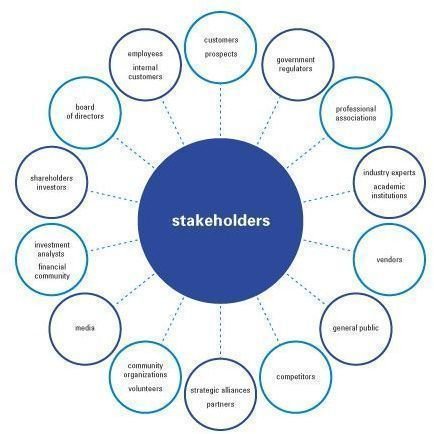4 Types of External Conflict That Can Kill Your Project
Why You Need to Monitor External Stakeholders
You’ve got a project team in place and the goal of the project and its scope have been defined by you, upper management, and the team—but what about those external resources you’ll need? Will they deliver on time? Do they understand the project could come to a halt if they’re behind on deliverables? Here, we’ll example the types of external conflict that can kill a project—and it’s not always vendors. Let’s take a look at four types of outside resources that can kill a project.
1. The Lackadaisical Vendor

Where I live in Taos New Mexico the word “mañana” doesn’t always mean tomorrow, or on time, when it comes to needed vendor supplies for projects. The lackadaisical vendor who offers the best bid for your project needs may not be the best vendor for your project.
In economic downturns, downsizing, and even work ethic problems, a vendor with the best bid may not be able to deliver. Avoid these vendors by really checking their references and ask other clients how well they did on meeting material deadlines. Ensure this by utilizing a good vendor selection process.
Failure to do so will result in external conflict where you, as the project manager, are racing to either get the vendor to deliver or the awful task of finding another vendor at a late date—and maybe at a higher price than your budget allows.
2. The I-Changed-My-Mind Client

You have to love these clients, and they are more abundant than you think! As stakeholders, they should have been involved in writing the project scope and knowing what the project entails—but they often do change their minds.
When they are the most important stakeholder, what can you do to prevent external conflict in these situations?
You must have and utilize reliable project management agreements that clearly state what will occur if the client changes his or her mind. Let them know this kind of external conflict will ruin the project and they may incur additional fees to make the desired client changes.
3. The Non-Testing IT Vendor

Often, the project manager must rely on IT vendors to supply needed software or servers. Even the most expert of IT teams can produce a great software package, but does it work and meet the project’s needs? If the software hasn’t been tested on end-users, it surely won’t be any use to you as the manager of the project who is responsible for the final outcome. Check IT vendors as well to avail this external conflict.
4. The External Professional

Even external professionals can pose threats to a project’s completion time. Architects, engineers, plus legal and accounting external resources, if late, can cause boatloads of problems. Again, if you don’t enter into firm agreements or contracts with these types of external professionals, it will harm your project.
Getting It Right
As you can see, external conflict can come from many sources and much-needed resources. Your best bet is to ensure each external resource is bound by a contract or agreement and is included at important project status meetings.
External resources are also stakeholders in your project, and failing to contain them, control them, and even guide them will result in delays. As the project manager or leader, those delays will fall on you, so be sure to choose the right vendors and external resources, check references, and if the client is the problem—you better have a contract that states budget overages the client will be responsible for paying.
Image Credits
- Stakeholders - (Grand Champions)
- Sleeping on the Job (DreamsTime)
- Changing Mind (Swinburne.edu)
- The Three Stooges (Wikimedia Commons)
- Testers (Wikimedia Commons)
